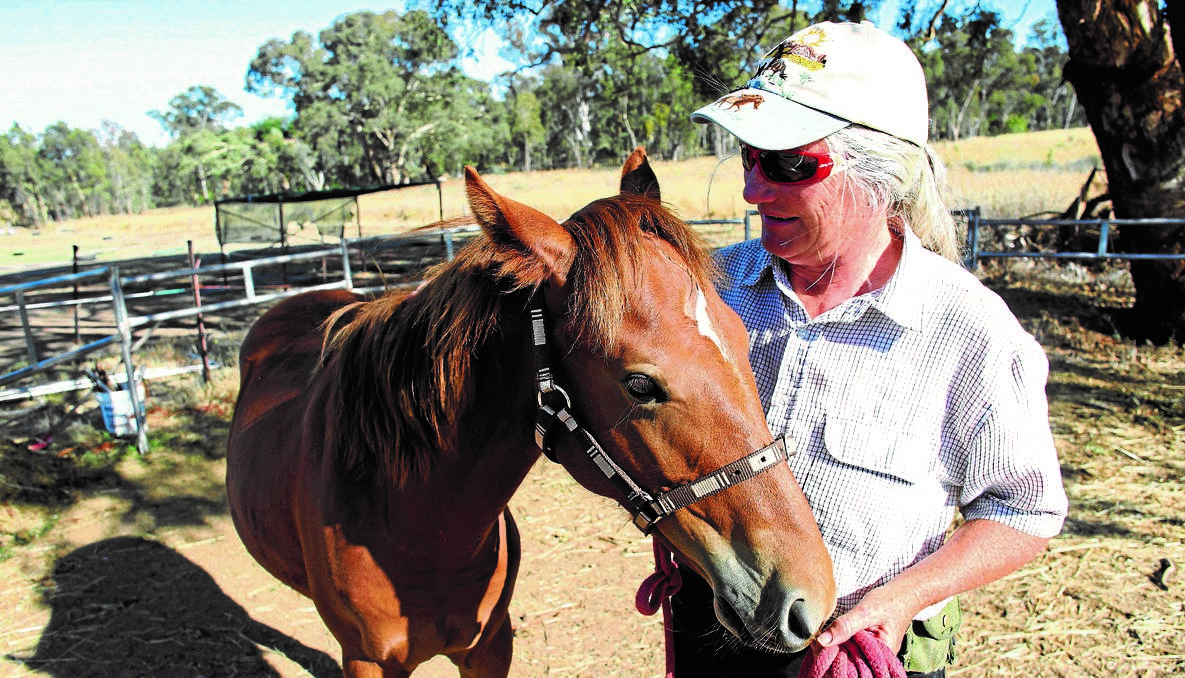BRUMBY CHALLENGE – By SOREN FREDERIKSEN – Jan. 31, 2014, 9:23 a.m.

COLLEEN Clancy’s friends might know her better than she knows herself. The Kingsvale farm worker and local SES controller has spent the last 100 days taming a wild horse for the Australian Brumby Challenge, hoping to save the animal and others from slaughter. “I know several friends said when I first got him, ‘Oh, you won’t be able to sell him’,” Colleen said. “And I said, ‘Yes, I’ve got to, I can’t take another horse’.” But after three months of training Bush Hero, the one-year-old brumby she took into her charge, Colleen has had a change of heart. Instead of… Continue reading





